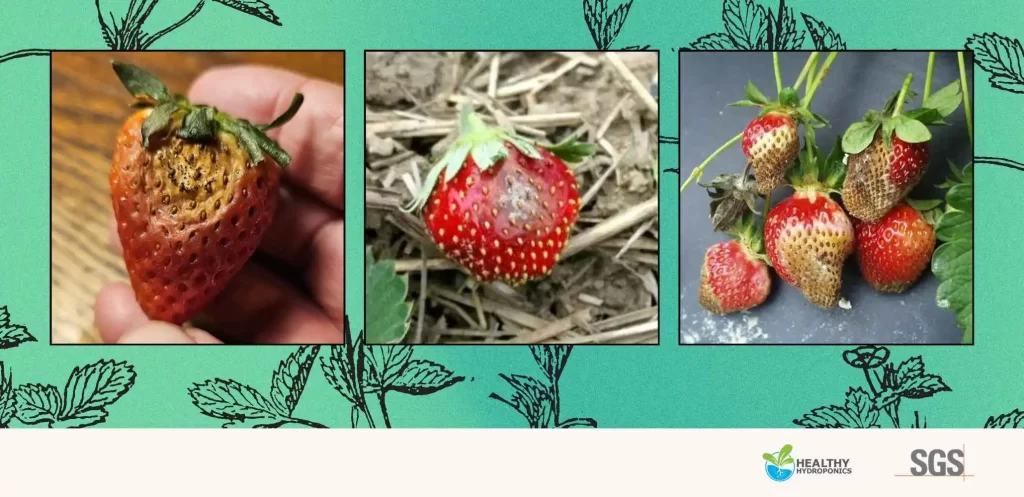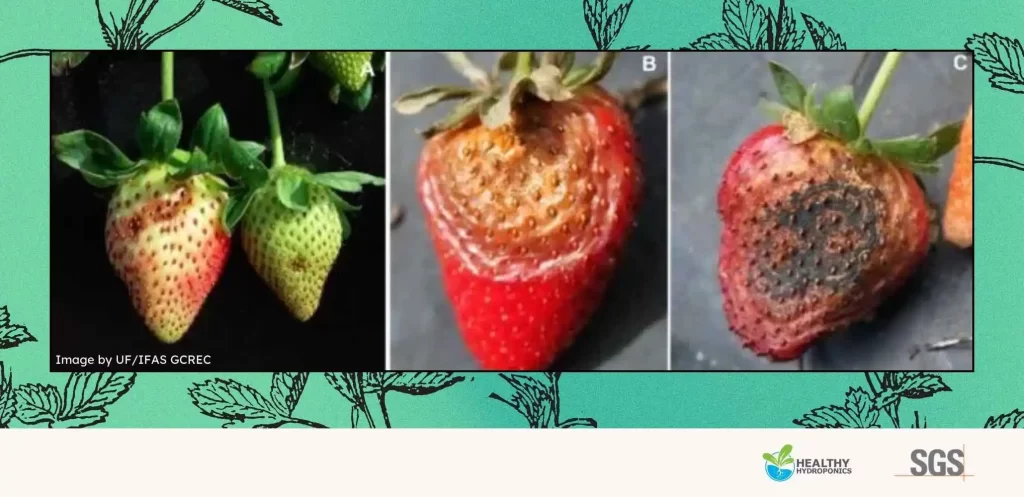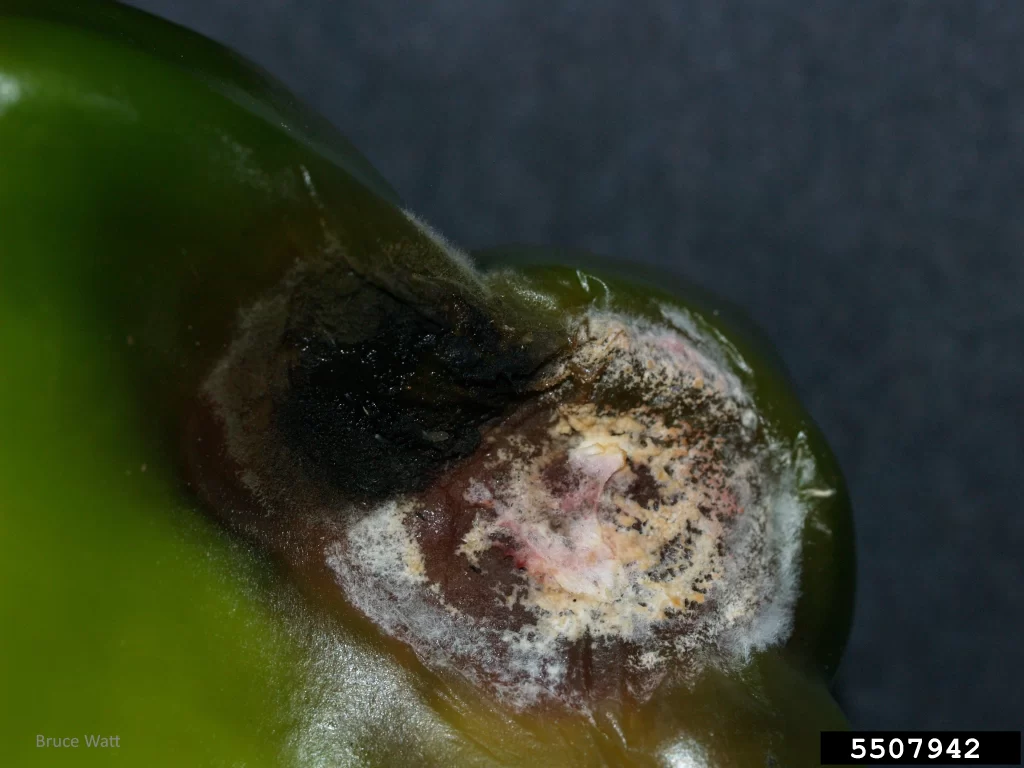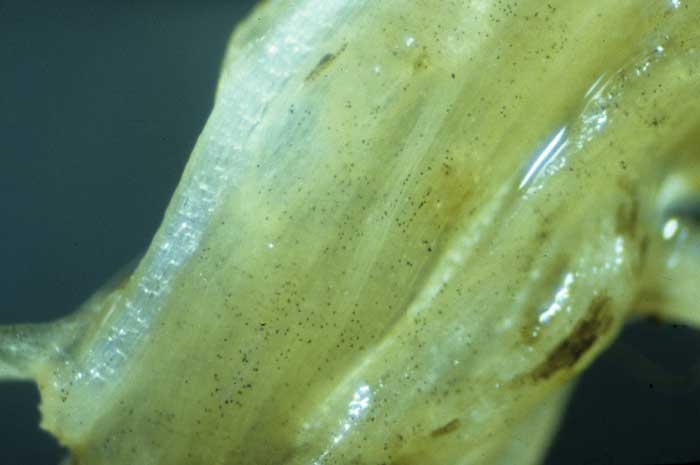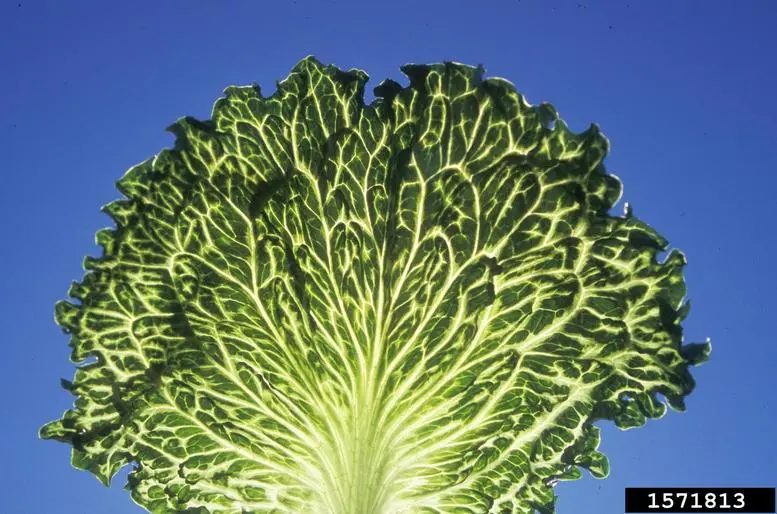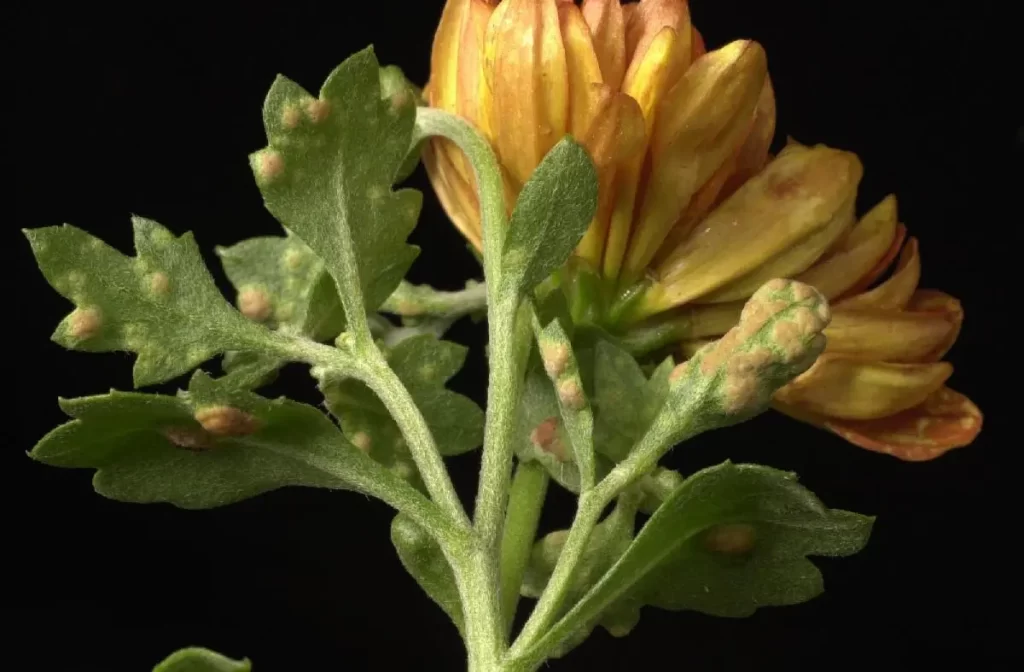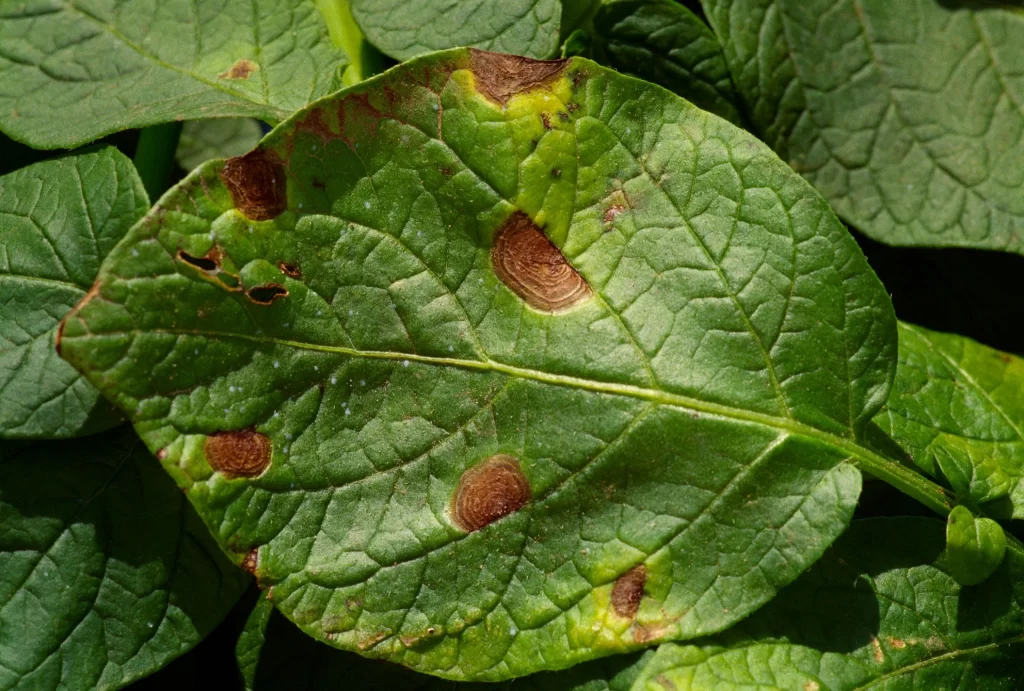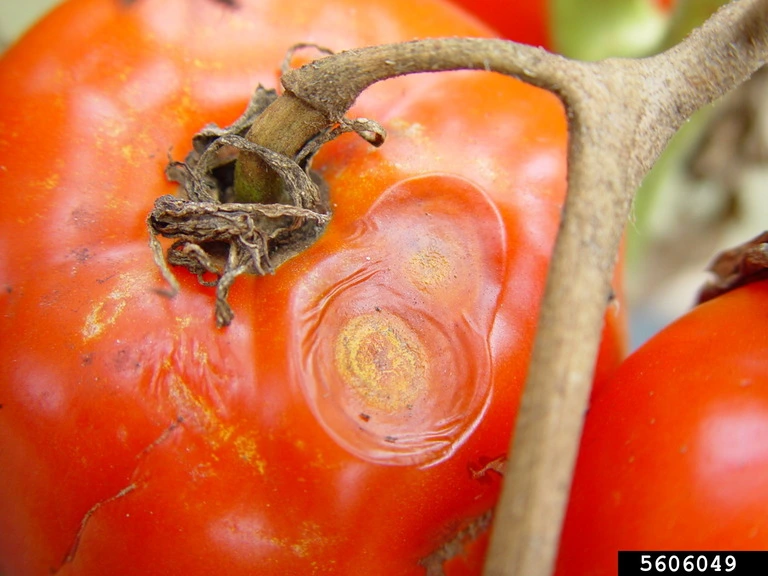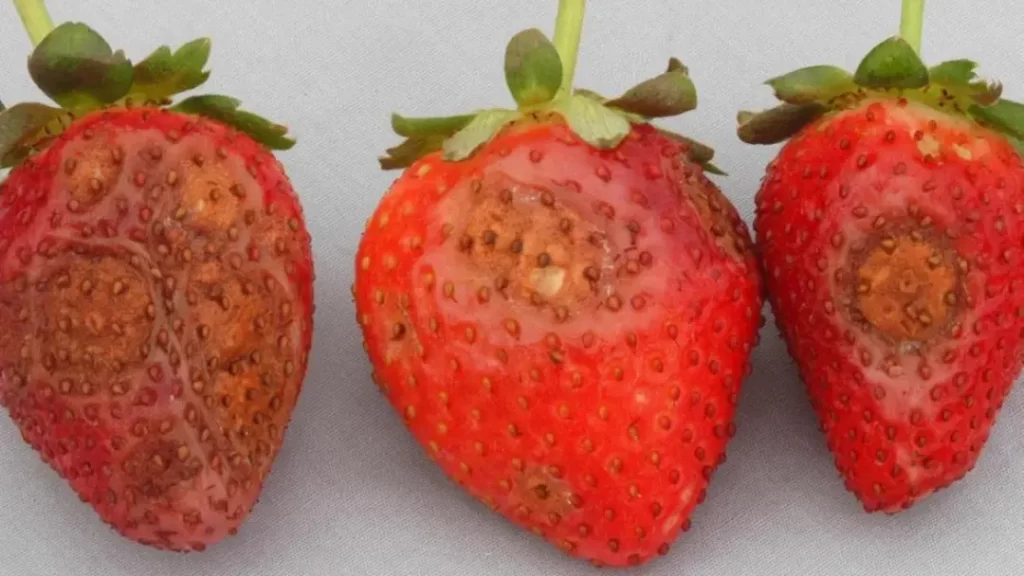Indoor Strawberries: Top 3 Plant Pathogens to Watch For While controlled environments offer many advantages for indoor strawberries, they also create the perfect conditions for certain plant pathogens to thrive. In 2024, agricultural experts are drawing attention to three major pathogens impacting strawberry crops: Botrytis cinerea (Gray Mold), Neopestalotiopsis spp., and Phytophthora spp. To help […]
Pathogen Profile: Neopestalotiopsis Introduction Neopestalotiopsis is a significant fungal pathogen threatening strawberry growers globally, including indoor cultivators. This aggressive fungus damages various plant parts and has evolved to become more virulent, posing serious risks to production. Recent reports highlight its presence in indoor growers in Quebec and the Northeastern United States. Neopestalotiopsis is a genus […]
Banner Image by Bruce Watt, University of Maine, Bugwood.org. https://www.invasive.org/browse/detail.cfm?imgnum=5507942& Fusarium oxysporum f. sp. capsici Introduction Fusarium oxysporum f. sp. capsici is a soil-borne fungal pathogen that poses a significant threat to pepper crops. This pathogen is responsible for Fusarium wilt, a devastating disease that can lead to substantial yield losses. The economic impact of […]
Olpidium brassicae Introduction Olpidium brassicae is a common fungal parasite that infects the epidermal cells of plant roots, particularly those in the Brassicaceae family and tobacco plants [1]. It is commonly known as seedling blight of tobacco or seedling disease of cabbage. This pathogen has a significant economic impact on agriculture, as it can reduce […]
Olpidium virulentus Introduction Olpidium virulentus is a parasitic fungus that infects plant roots, including leafy greens grown hydroponically. The pathogen can transmit two serious viruses: Lettuce big-vein associated virus (LBVaV) and Mirafiori Lettuce Big Vein Virus (MLBBV), causing a decrease in overall yield. Olpidium virulentus does not cause significant plant diseases but is a vector for viruses […]
Puccinia horiana Introduction: A fungal threat to floricultural crops This week, Healthy Hydroponics is shifting focus to cover a fungal pathogen, Puccinia horiana, commonly known as chrysanthemum white rust, that is known to affect chrysanthemum plants and daisies [1]. Belonging to the order Pucciniales, this pathogen poses a significant threat to the global chrysanthemum industry […]
Alternaria solani Introduction Alternaria solani is a fungal pathogen that causes early blight in tomato and potato plants, leading to significant yield reductions if left uncontrolled [1]. This disease is particularly relevant for greenhouse growers and crop consultants, as it can thrive in warm and humid conditions. The economic impact of Alternaria solani is considerable, […]
Colletotrichum gloeosporioides Introduction Colletotrichum gloeosporioides is a widespread and destructive fungal pathogen responsible for anthracnose disease in various fruit, vegetable, and ornamental plants. It has a wide range of hosts and is considered to be one of the top ten most economically important fungal pathogens (1). It poses a significant threat to both indoor and […]
Colletotrichum acutatum Introduction Colletotrichum acutatum is a fungal pathogen that causes anthracnose in strawberries [1]. Anthracnose describes several fungal diseases affecting various plants, from fruits to grass to trees [2,3]. Colletotrichum acutatum and fellow relatives, Colletotrichum fragariae and Colletotrichum gloeosporioides, can lead to substantial crop losses and economic impact for growers [4,5]. Even though soil-grown […]


